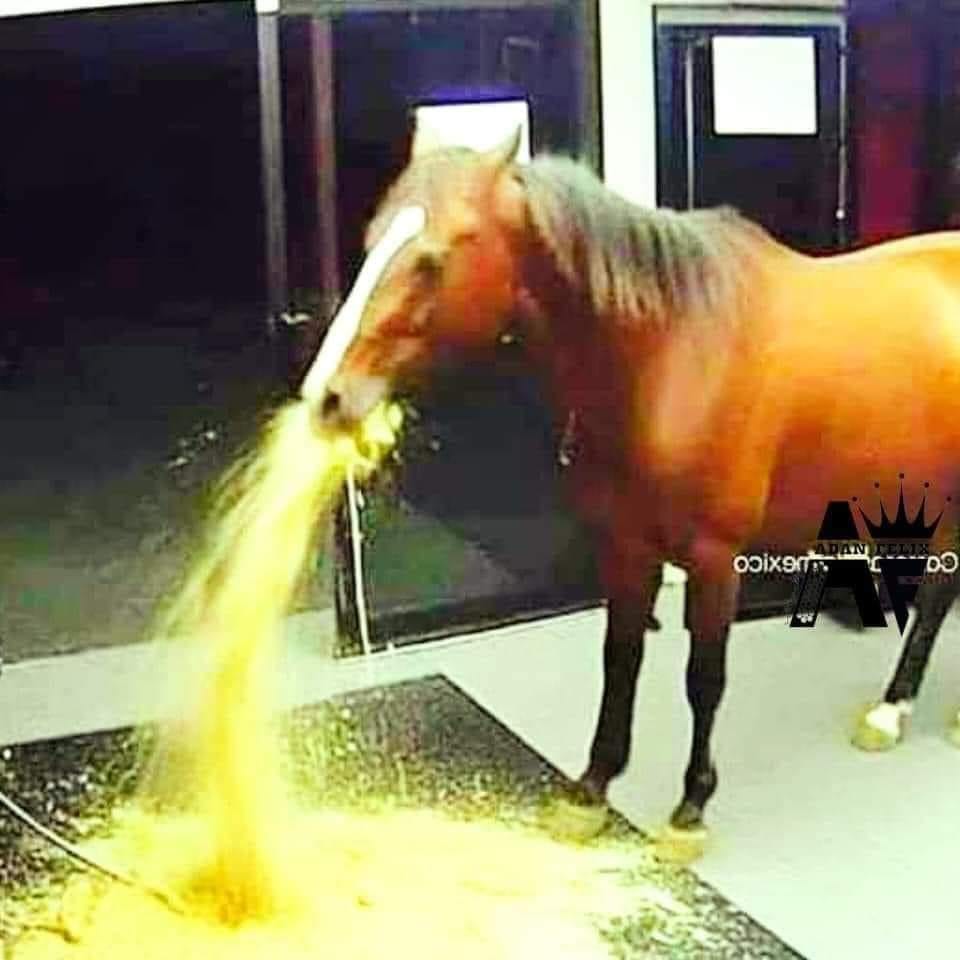I bought 175 g pack of salami which had 162 g of salami as well.
Let me introduce you to tolerance in measuring instruments and measuring errors.
Edit: Apparently I’m pro evil companies because I just pointed out that scales (and more importantly non-professional scales) have relatively high error tolerances (+ the measurament method error). Thus the measuring of this pasta and the possible interpretations of it have to take into account that.
Somehow its always lower than claimed.
Last year this claim went around for the Loblaws No Name brand in Canada so I went shopping with my kitchen scale, preparing to be outraged. Everything was a solid 10% over the advertised weight.
“Always” is a really strong word that you should not be using in this context since it’s just not true.
For example, there once was more than indicated on a package of lentils in 1958. So it’s clearly not always.
That does not apply in today’s world where shrinkflation and consumer fraud run rampant.
It us solely the company’s responsibility to ensure each package is labeled with the correct weight, not the consumer to tolerate excuses like “measuing errors” whether they’re valid or not. Companies have too much power to just not know or be able to accurately weigh or label their product, ergo if there’s a problem, they chose to have it in there. And if you dispute that, I will simply block you and move on.
Stop defending evil corporations. Stop doing this.
All that speech does not change that the weighing scales he is using is cheap af and thus the measuring error is high enough. Even if the guys at the company had the best measuring system in the world without error and they packed 410g of pasta, the guy measuring at home with that scale would probably mesure a vaule not equal to the nominal one.
Maybe the scales have measuring errors because they defend evil corporations. “Please scales stop defending evil corporations!!”. Dude i hate scales they are so much pro system…
Srry your comment was too funny for me.
All that speech doesn’t change the fact that your standards don’t matter, ours do, and if our scales don’t match what that package says, you have to put more product in to make it do so or you are defrauding us. Period.
Now come back when you’re ready to meet our standards.
I don’t see anything on the scale indicating it was not tared. Nor do I know whether or not you took a noodle or two out of the pile before weighing
For all we know, you tared this +20g and this is feel-good anti-corporate propaganda. Which is fine, we all hate the corporations…but propaganda is propaganda.
Op, please post a video showing a calibration weight on the scale followed immediately by your pasta taken directly out of a sealed box. For science.
The FDA regulation on Net Weight is found in 21 CFR 101.105. In this regulation FDA makes allowance for reasonable variations caused by loss or gain of moisture during the course of good distribution practice or by unavoidable deviations in good manufacturing practice. FDA states that variations from the stated quantity of contents should not be unreasonably large.
While FDA does not provide a specific allowable tolerance for Net Weight, this matter could come under FTC jurisdiction. FTC has proposed regulations that would unify USDA and FDA Net Contents labeling and incorporate information found in the National Institute of Standards & Technology (NIST) Handbook 133.
NIST Handbook 133 specifies that the average net quantity of contents in a lot must at least equal the net quantity declared on the label. Plus or minus deviation is permitted when caused by unavoidable variation in weighing and measuring that occur in good manufacturing practice. The maximum allowable variance for a package with a net weight declaration of 5 oz is 5/16 oz. Packages under-filled by more than this amount are considered non-compliant.
In the nineties, 4oz ground pepper cans made on a line I worked on.
The tolerances were horrible.
McCormick was 3.9 I think
Black and white can 3.5. !!! (25%)
Yes both were made on the same exact line
wouldnt weight slightly fluctuate with moisture content?
If you want to get technical, aren’t grams a measure of mass, not weight, so a kitchen scale needs to assume a value for gravity’s acceleration to tell you grams, which could be slightly off depending where you are on earth?
tldr; why not both
Volume is not mass, and neither of them is weight. A gram is strictly speaking a measure of mass, and we just consider it to be a unit of weight in casual terms because the only frame of reference the vast majority of us have has reasonably constant gravity so we conflate mass and weight. That you can sort of use grams to measure volume is literally only because the density of common stuff (especially water) is close enough for most purposes. It’s kinda like measuring a distance in units of time so long as the method of travel is known. I can say “an hour’s walk” and I’m not really measuring distance there but you know roughly how far I mean
exactly, youre technically correct, but functionally irrelevant in this context
I think its a fair question from a certain perspective.
However, the law requires that the package contents contain at least as much as stated. If humidity is an issue, it’s up to the manufacturer to factor that in. Besides, this is dry pasta my friend.
I also bought salami. It was 13 g short. It’s produced in the plant 4km from me.
There are no excuses to short the customer and it is illegal.
ha, define dry (youll need to be precise). how long in the atmosphere is a packaged product warrantied to hold its weight? just curious
No you’re not curious lol You’re doing textbook sea lioning
Go find someone else to mildly anmoy
Sup, I’m your local friendly USDA contractor who very much uses scales everyday. Consumer grade kitchen scales are terrible and will lie to you. The fact that it does not go out to the tenths or hundredths is a big flag for accuracy.
We check test our scales twice a year to make sure they are accurate. I once tried check testing my kitchen scale I use for canning for giggles and it failed miserably. It would only register weight on 2 out of 4 quadrants until I got to 10g or so. I’m sure my ohaus is going to show a different and more accurate result if I where to try it.
Eight grams off? That seems rather significant. I mean we use to buy 20 grams of weed we’d know if it was almost half shy.
8g sure but this is only within 2% error. most scales would probably be within 3% so this isn’t surprising
Dealers digital scales have 2 decimal places.
Well, it can’t be packaged to scientific standards, it has to be packaged to ours.
Scale accuracy was never a problem or scrutinized until ow, and successfully helped people lose weight, so it’s not the accuracy of the scales that is an issue.
This is blatant consumer fraud and nothing in your field can change that fact, clearly.
Plenty of people have already explained that consumer scales show bullshit. But there’s another reason why your weight is not the same as producer’s weight.
You see, kilograms are a unit of measure of mass, not weight. Weight is measured in Newtons. And 1kg = 1 * g Newtons. But here’s the catch - g is not constant in real life. It changes from 9.7639 to 9.8337 depending on your location. That’s almost 1% of variance.
What that means is that if you take your scales and your pasta and go on a worldwide trip, then you will see different weight in different locations.






